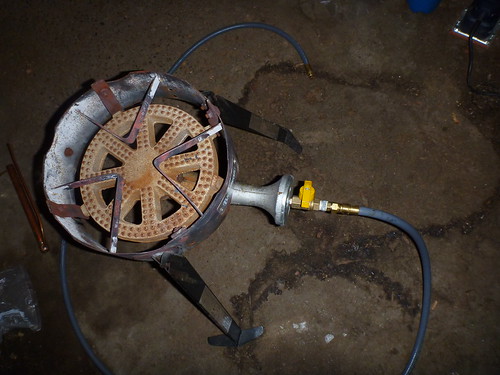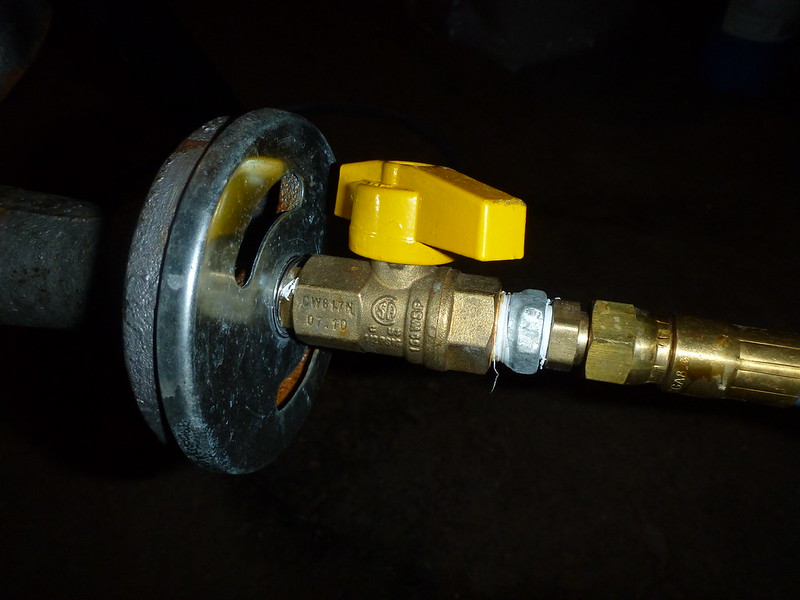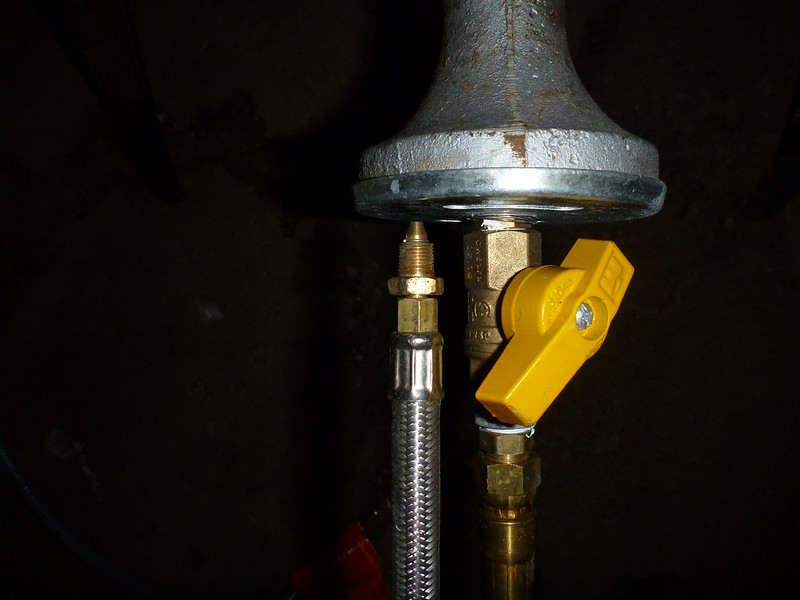mwill07
Well-Known Member
I have had trouble determining my boil-off rate for pretty much forever. sometimes I have too much wort at the end of the boil, resulting in too low gravity. sometimes I have too little wort, resulting in too low final volume (i.e. fewer servings).
My proposed work-around is to reduce the pre-boil volume from 6.5 gallons to 5.5 gallons, resulting in a post-boil volume somewhere lower than the desired 5 gallons. This reduced volume will allow me to top up as needed to exactly hit the desired final volume in the fermenter.
Partial boil would have a few other benefits:
Questions:
Thanks!
My proposed work-around is to reduce the pre-boil volume from 6.5 gallons to 5.5 gallons, resulting in a post-boil volume somewhere lower than the desired 5 gallons. This reduced volume will allow me to top up as needed to exactly hit the desired final volume in the fermenter.
Partial boil would have a few other benefits:
- reduced time to reach boil
- reduced time to chill to pitch temp, especially if top-up water is chilled
- less likely to have boil-over
Questions:
- anyone have any other practical tips for determining/controlling boil-off rate?
- anyone else do partial boils to control volumes?
- what will be the flavor impact? Seeing as how this isn't a 2.5 gallon partial boil, I'm thinking the impact is negligible but I'm open to discussion.
Thanks!






